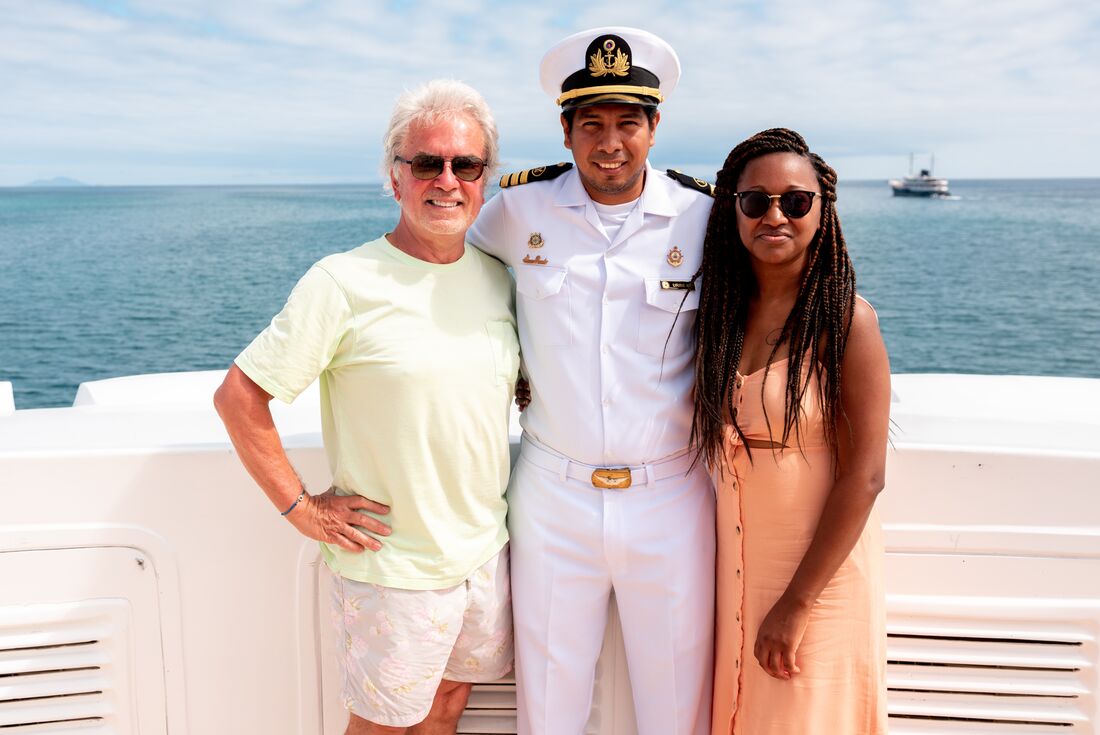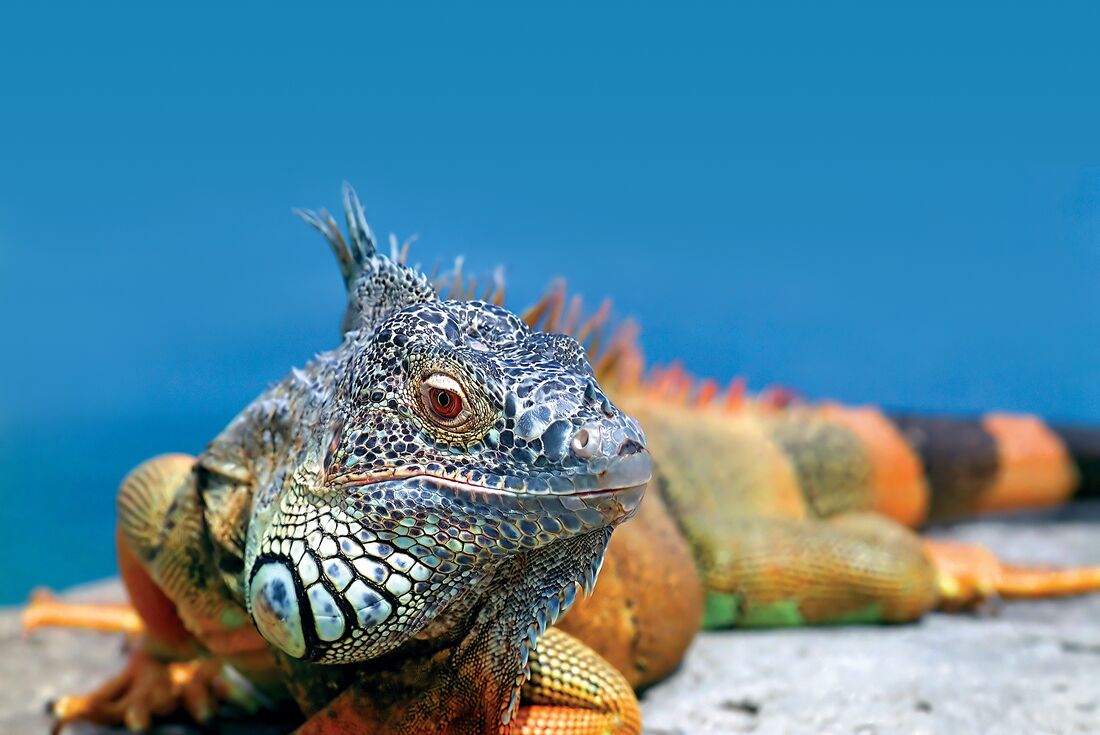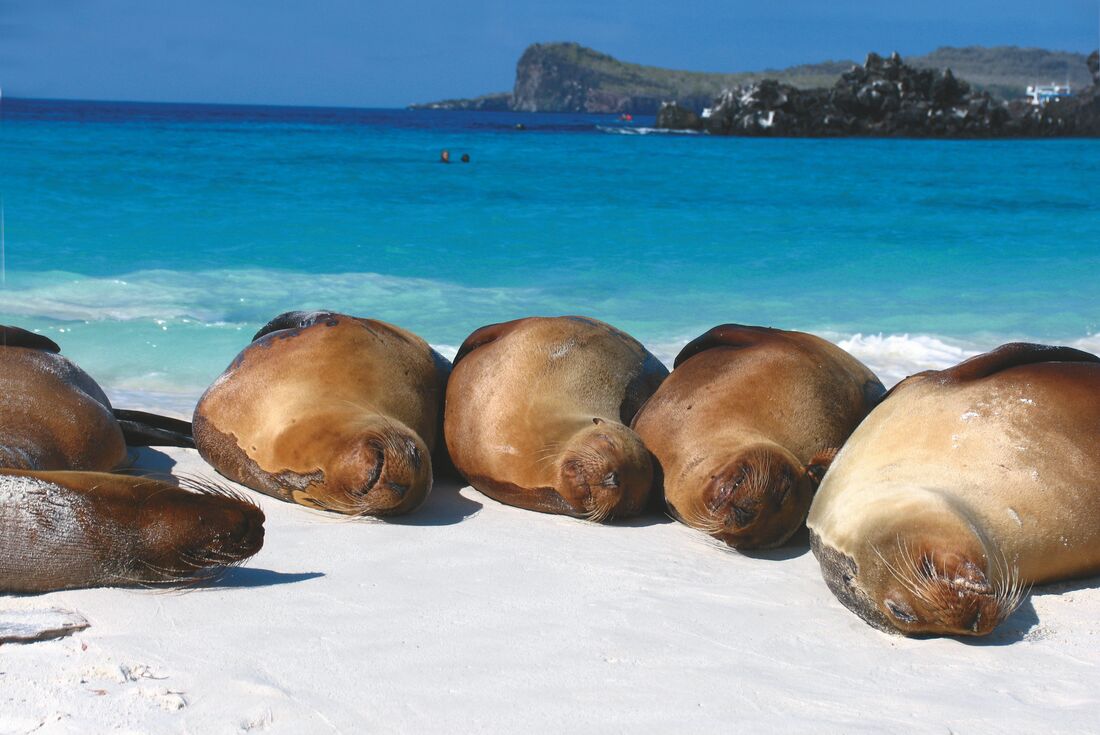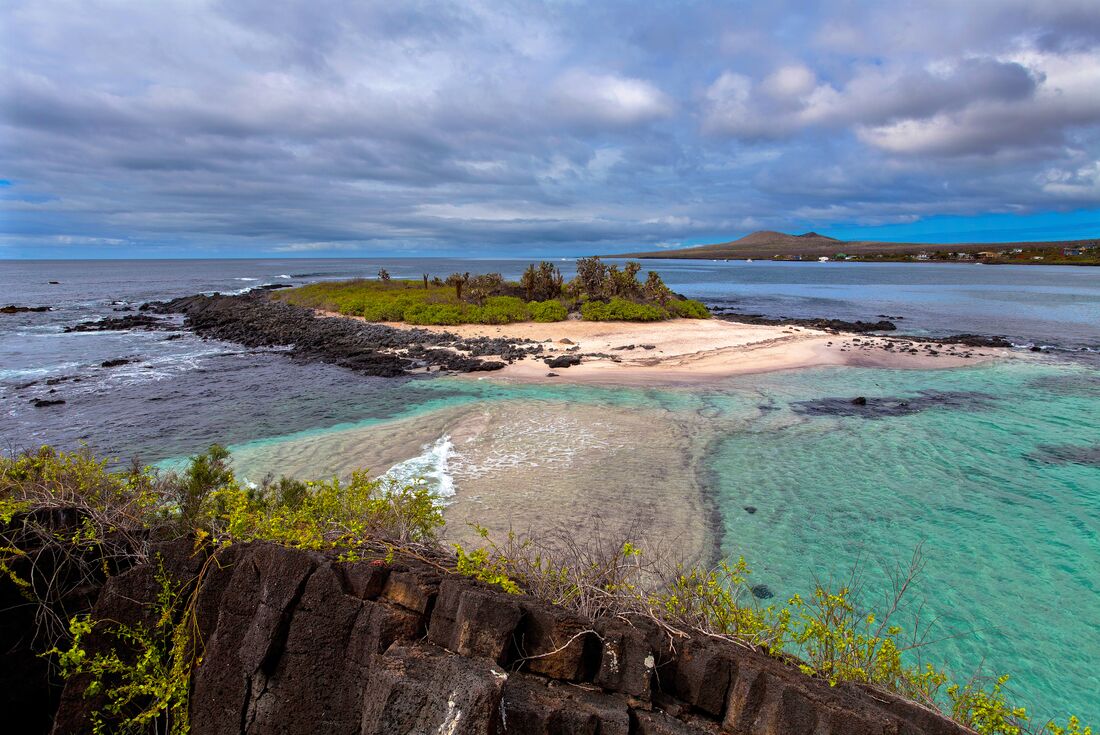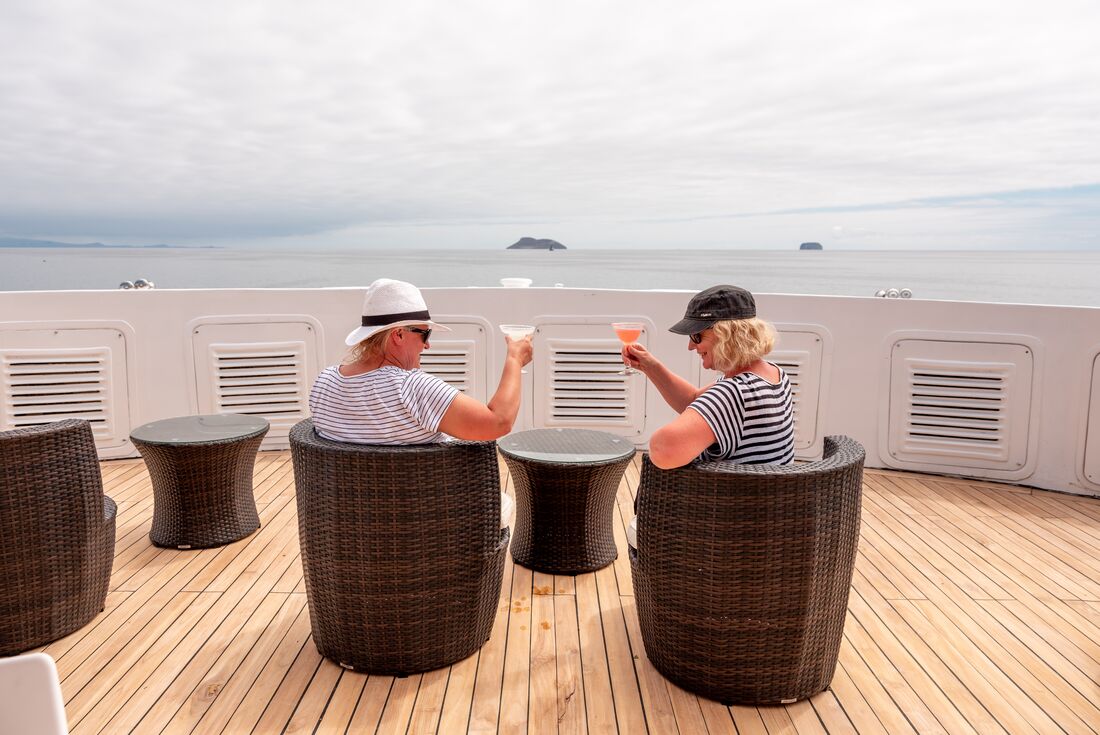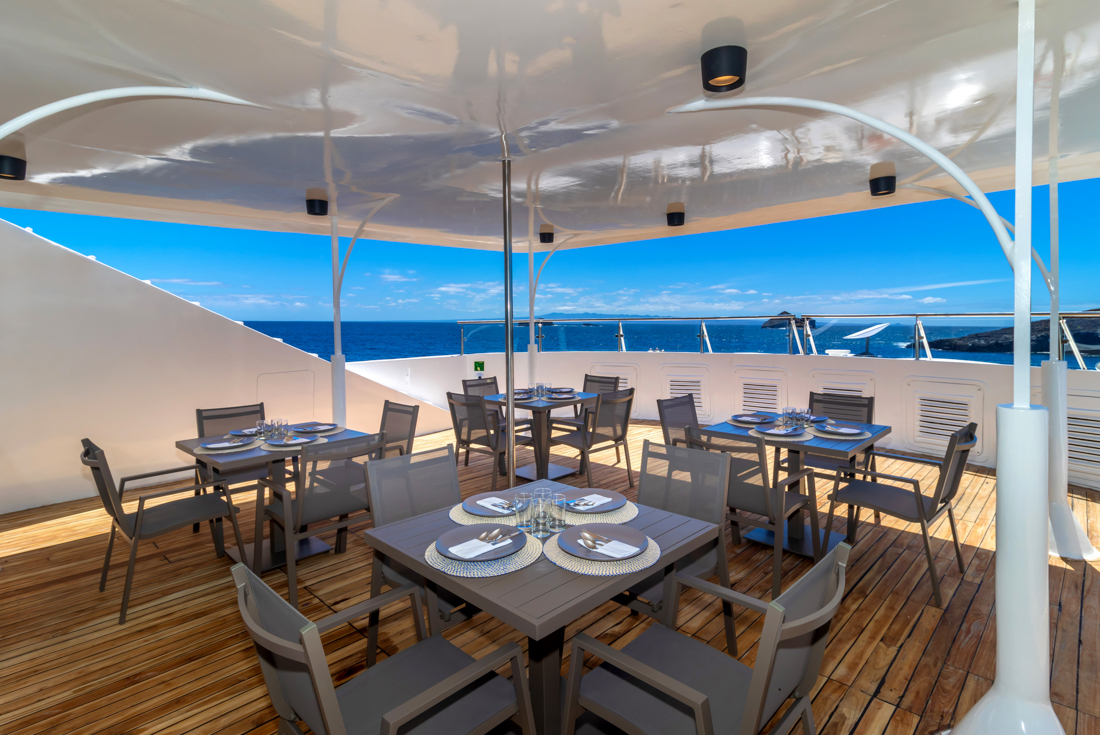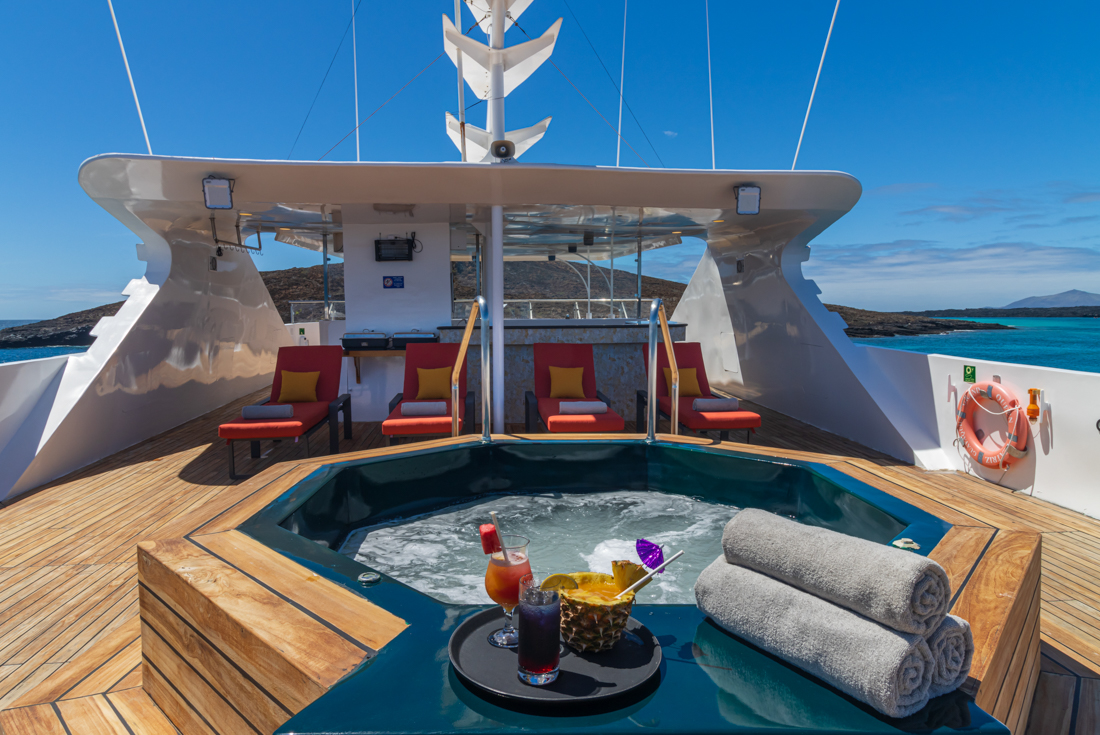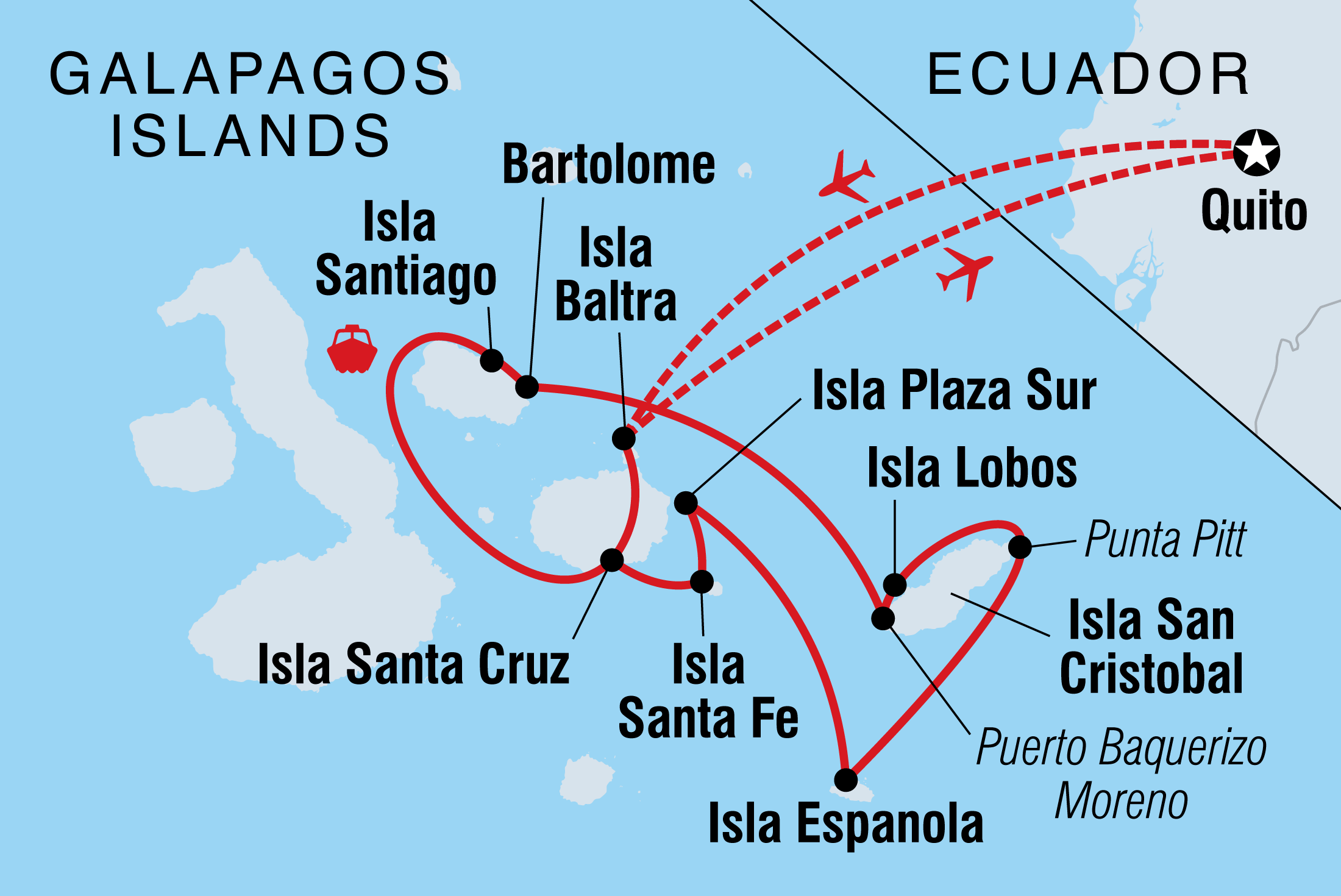SUMMARY
Travel to a place where the creatures and the landscapes exemplify the beauty and the diversity of life on our planet. This 10-day trip will have you hiking through prickly pear cactus forest on the rugged cliffs of Isla Santa Fe in the morning, then watching the sunset with a cocktail in hand just a few hours later. Exotic animals crowd these isolated islands, and you can expect to encounter giant tortoises, spiky marine iguanas, curious sea lions and all manner of colourful, rare birdlife. For the best the Galapagos Islands have to offer, look no further than this classic adventure.
TOTAL DURATION : 10 Days
GROUP SIZE : MIN 1 MAX 16
TOUR ITINERARY AND DATES
START : Quito
END : Quito
COUNTRIES VISITED : Ecuador
Validity : 01 JAN 2022 To 31 DEC 2024
Day :1
Location : Quito
Welcome to Quito! On arrival at Mariscal Sucre International Airport, you will be met and transferred to your hotel. The remainder of the day will be at your leisure until a welcome meeting at either 5 pm or 6 pm. After your welcome meeting, head out with your local leader and fellow travellers for a welcome dinner at a local restaurant. Try some traditional flavours and get to know you group as you settle into the coming adventure. Quito sits under the towering Pichincha volcano, stretching along a valley and ringed by the Andes. If you have the time, this beautiful city has more than a few photo-worthy alleyways, colonial buildings and impressive vistas to take in.
Day :2
Location : Isla Baltra/Isla Santa Cruz
This morning you will be transferred to the airport for your flight to the Galapagos Islands. Please note that pick-up time can be as early as 4.30 am. This departure time allows for a 1-hour drive to the airport as well as potential check-in delays. Your tour leader will confirm this time with you at the welcome meeting on Day 1. You will be provided with a boxed breakfast today, for your 3.5-hour flight. The flight will make one stop in Guayaquil to pick up additional passengers. On arrival in the Galapagos, you will be met in the arrival hall of the airport (look out for 'Grand Queen Beatriz' signs) by a transfer guide. The guide will assist you on a 5-minute public bus journey, followed by a 7-minute public ferry across Itabaca Channel to Isla Santa Cruz. Please note that public transport costs are included in the price of your trip. Once you reach Isla Santa Cruz, board a private bus for a 45-minute drive to Puerto Ayora, where two dinghies await to transport you and your fellow travellers to the Grand Queen Beatriz. Board the yacht, meet the crew and settle into your assigned cabin before a delicious lunch during which you can get to know your naturalist guide. After lunch, head up into the highlands for a total change of scenery. Beginning at the coast you'll travel across Santa Cruz through the agricultural region and into the misty forests, with the walk taking about 45 minutes. This is a lush humid zone containing miconia bushes, scalesia and inactive volcanic cones. Santa Cruz has more endemic plants than any of the other islands, and you are likely to see Galapagos giant tortoises in their natural habitat and perhaps even the bright red feathers of a vermillion flycatcher! Estimated travel time/distance: Puerto Ayora to the Highlands: 45 mins by bus Puerto Ayora to Isla Santa Fe: 2 hours (16 nautical miles)
Day :3
Location : Isla Santa Fe/Isla Plaza Sur
This is a lovely place to take a dip, with one of the most attractive coves in the archipelago and jade-green waters that are ideal for snorkelling. Isla Santa Fe is also home to a large population of sea lions, and many are eager for swimming partners! You can also expect to see Galapagos hawks, land iguanas, a variety of finches, Galapagos mockingbirds, sea lions, marine turtles, frigatebirds, Galapagos doves and lava lizards. A trail follows the coast into the opuntia (prickly pear) forest, where you see incredible cacti and the unique sub-species of land iguana that darts between them. A member of the cactus family, the prickly pear is named for the pear-shaped fruit the plant produces. Next up is the tiny island of Plaza Sur. A place of great beauty where you can see sea lions on land as well as one of the Galapagos’s largest land iguana populations, resting amid cacti and volcanic landscapes coloured bright red and green by sesuvium. The island’s rugged southern cliffs are an excellent place to spot tropicbirds and swallow-tailed gulls, as well as the 'Gentlemen’s Club’, a gathering of male sea lions either too young or too old to be beachmasters! Sail overnight to Isla Espanola. Estimated travel time/distance: Isla Santa Fe to Plaza Sur: 2 hours (16 nautical miles) Plaza Sur to Isla Espanola (Punta Suarez): 7 hours (60 nautical miles)
Day :4
Location : Isla Espanola/Bahia Gardner/Punta Suarez
After an overnight sail you will wake up on the island of Espanola – the southernmost island of the Galapagos and one of the most spectacular. Because of its remote location, this island has a large population of endemic fauna. It is the breeding site for nearly all of the world's 12,000 pairs of waved albatrosses, and home to colonies of blue-footed and Nazca boobies. Trails from the golden beaches, where sea lions bathe and marine iguanas make their way towards the water, will lead you right through the middle of booby colonies, and Galapagos doves and mockingbirds are also often seen. You will also pay a visit to Punta Suarez, one of the most attractive locations in the Galapagos and home to large and varied wildlife population. A walk along its trails will take you to a cliff-top viewpoint, where you'll gain a magical panorama. Boobies line the rocky shoreline beneath you, while frigate birds may be seen overhead. Nearby, enormous male sea lions can be seen lounging and albatross use the cliffs as their ‘runway’, helping become airborne by the southeast winds that blow across this part of the island. If you’re lucky, you’ll see the elaborate courtship rituals performed by albatrosses before the female chooses her lifelong mate! Stop at Bahia Gardner (Gardner Bay), which is considered by many to be one of the most beautiful beaches in the Galapagos Islands, full of sea lions and hood mockingbirds. The rocks off the coast provide excellent snorkelling opportunities, with reef sharks, turtles and many species of tropical fish, including surgeon and angelfish, often seen. The small white-tipped reef sharks are also often spotted resting under the rocks. Cruise overnight to Isla San Cristobal. Estimated travel time/distance: Punta Suarez to Bahia Gardener: 1 hour (7 nautical miles) Bahia Gardener to Punta Pitt (Isla San Cristobal): 7 hours (50 nautical miles)
Day :5
Location : Isla San Cristobal/Leon Dormido/Isla Lobos/Punta Pitt
This morning visit Punta Pitt on the eastern end of San Cristobal. Walk to the top of the volcanic hill for expansive views of this sparsely vegetated area. A variety of seabirds nest here, including blue-footed boobies and frigates. You will then navigate close by Leon Dormido (Kicker Rock) the basalt remains of a crater in the middle of the sea, with the shape resembling a sleeping lion. The rock rises 150 meters above the surface and is divided into two parts by a narrow channel. Although there are no landing areas, you will circumnavigation the Rock where you will see tropic birds, marine iguanas in the water and many sea lions. You will also visit Isla Lobos, a tiny island off the coast of Isla San Cristobal. This is the perfect time to witness the always friendly sea lions as they play in the calm shallow waters here. Blue-footed boobies, frigate birds and marine iguanas are also easily seen. Estimated travel time/distance: Punta Pitt to Leon Dormido (Isla San Cristobal): 2.5 hours (27 nautical miles) Leon Dormido to Isla Lobos: 1 hour (7 nautical miles) Isla Lobos to Puerto Baquerizo (Isla San Cristobal): 1 hour (5 nautical miles)
Day :6
Location : Isla San Cristobal
Visit San Cristobal Interpretation Center in the morning. This information hub brings the history and geography of the archipelago to life, from its volcanic origins to the present day. The human history exhibit offers an insight into the discovery and colonisation of the Galapagos, and the reality of the problems the islands face today. Enjoy some free time for shopping before going on board for lunch and to meet the new travellers who will be joining you today. This afternoon you will travel into the interior of the island (approximately 45 mins) by bus to visit the highlands site of Galapaguera of Cerro Colorado (Red Hill), where you will find a breeding program for tortoises. Here, you will be able to see giant tortoises and learn all about their origins, evolution and future. Sail overnight to Isla Bartolome. Estimated travel time/distance: Puerto Baquerizo (Isla San Cristobal) to Isla Bartolome: 8 hours (70 nautical miles)
Day :7
Location : Bartolome
Explore Bartolome, one of the most spectacular volcanic landscapes in the Galapagos, full of parasitic spatter cones, lava flows, Galapagos penguins and lava lizards. It is a relatively new island in the archipelago and traces of its volcanic past can be seen everywhere, as evidenced by the amazing lunar-like landscape. The Pinnacle Rock is one of the most photographed sites in the Galapagos – an abrupt jag of rock protruding from the earth like a tooth, while nearby two golden bays back onto each other. You can hike to the top of a once-active volcano here (360 wooden steps), and enjoy superb views across to Sullivan Bay, on nearby Isla Santiago. If you are in luck you might catch a glance of the Galapagos Hawk here. You also have the option of snorkelling with plenty of tropical fish, starfish, white-tipped reef sharks and rays and to keep you company. Make the short cruise to Isla Santiago, where you can explore Bahia Sullivan. Take a walk on pahoehoe lava – left over from an eruption that occurred in 1897 -- and witness the plant species that have emerged since. Look out for marine iguanas, Sally Lightfoot crabs, sea lions, finches, turtles, sharks and penguins. On a walk, your guide will explain the geological history of the islands. Estimated travel time/distance: Bartolome to Isla Santiago (Bahia Sullivan): 0.5 hours (1 nautical mile) Isla Santiago (Bahia Sullivan) to Espumilla Beach: 3 hours (25 nautical miles)
Day :8
Location : Isla Santiago/Espumilla Beach/Buccaneer Cove/Puerto Egas
Travel to Espumilla Beach. On the northern coast of Isla Santiago, Espumilla is an important nesting site for marine turtles. With large waves, it is often a favourite amongst beach lovers. Keep an eye out for Galapagos hawks, ghost crabs, blue-footed boobies (often plunging for fish) and brown pelicans. The area is also well known for its palo santo forest and some extraordinary lava formations. You will visit Caleta Bucanero (Buccaneer Cove), once used by pirates to careen their ships. It is also where Darwin camped for nine days while making his study of the islands and their wildlife. If conditions are favourable, you can enjoy some further snorkelling in the cove. Continue to Puerto Egas, a black-sand beach located on the west side of Bahia Sullivan and northwest of Isla Santiago. South of the beach is Sugarloaf Volcano, which has deposits of volcanic tuff. A walk along the beach offers vistas of hundreds of marine iguanas and Galapagos sea lions in repose. You will also see amazing tidal pools formed from ancient lava flow, home to sponges, snails, hermit crabs, barnacles and fish. Snorkelling with the seals always offers the possibility of thrilling encounters. Sail overnight to Puerto Ayora. Estimated travel time/distance: Espumilla Beach to Buccaneer Cove: 0.5 hours (1 nautical mile) Buccaneer Cove to Puerto Egas: 0.5 hours (1 nautical mile) Puerto Egas to Puerto Ayora: 7 hours (60 nautical miles)
Day :9
Location : Isla Santa Cruz/Quito
Flights to mainland Ecuador from the Galapagos Islands depart mid-morning, so an early start is necessary to make the most of today’s visit to the small town of Puerto Ayora is the economic centre of the archipelago, and home to the Charles Darwin Research Station. As well as undertaking vital conservation work, the station also makes for interesting exploration and offers the best opportunities for close encounters with giant tortoises. You may also see baby tortoises and land iguanas This will be your final excursion before you head to the airport. Upon arrival at Mariscal Sucre International Airport, enjoy an included transfer to your hotel. Choose whether to join your fellow travellers for an optional dinner this evening. Bid farewell to the islands and fly to Quito.
Day :10
Location : Quito
There are no activities planned for today, but if you plan to stay in Quito you may want to check out an Urban Adventure tour. From a Market Discovery to a Sweet & Culinary Experience, there is more than one way to explore the city. Find out more at urbanadventures.com/destination/Quito-tours.
Reference : IT



